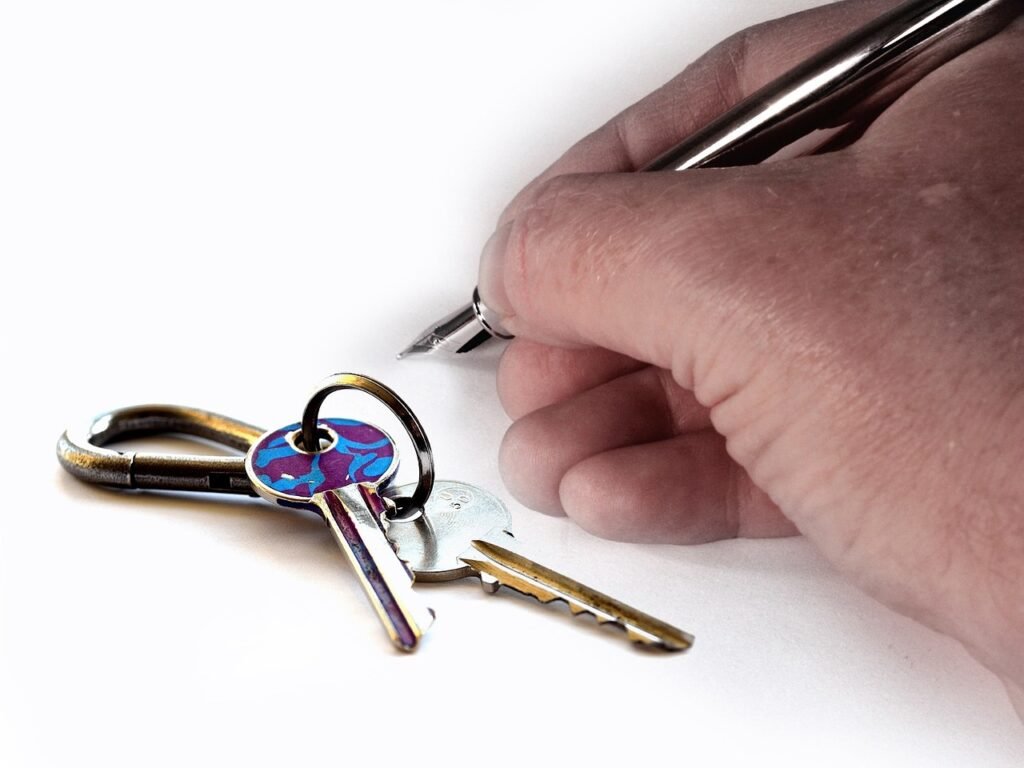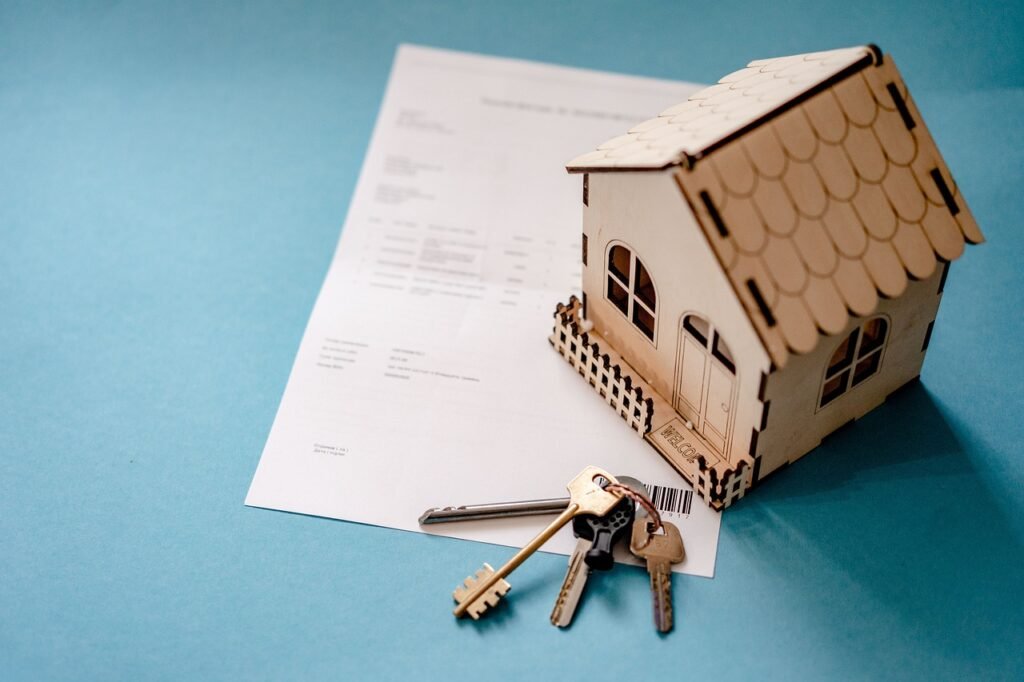Key Takeaways
- A well-crafted tenant handbook is essential for clear communication and setting expectations
- Include important information such as property rules, maintenance procedures, and emergency contacts
- Regularly update your handbook to reflect changes in legislation and property management practices
- Use clear, concise language and organize information logically for easy reference
- Consider digital formats for easy distribution and updates
- Tailor the content to your specific property and tenant demographic
Are you a landlord looking to improve communication with your tenants and streamline your property management process? Creating an effective tenant handbook is a crucial step in achieving these goals. This comprehensive guide will walk you through the essential elements of a top-notch tenant handbook, providing you with valuable insights and practical tips to ensure your rental property operates smoothly.
1. Understanding the Importance of a Tenant Handbook
A well-crafted tenant handbook serves as a valuable resource for both landlords and tenants. It sets clear expectations, reduces misunderstandings, and provides a reference point for all aspects of the tenancy.
By outlining policies, procedures, and important information in one document, you create a solid foundation for a positive landlord-tenant relationship. This can lead to fewer disputes, improved property maintenance, and increased tenant satisfaction.
Moreover, a comprehensive tenant handbook can save you time and effort in the long run by addressing common questions and concerns upfront. It’s an investment in clear communication that can pay dividends throughout the tenancy.

2. Essential Components of a Tenant Handbook
When creating your tenant handbook, it’s crucial to include all the necessary information that tenants will need throughout their tenancy. Here are some key components to consider:
- Welcome message and property overview
- Contact information for landlord, property manager, and emergency services
- Rent payment procedures and policies
- Maintenance and repair protocols
- Rules and regulations (e.g., noise, pets, smoking)
- Move-in and move-out procedures
- Security and safety information
- Utilities and services
- Tenant rights and responsibilities
- Local area information and amenities
By covering these essential topics, you’ll provide tenants with a comprehensive guide that addresses most aspects of their tenancy.
3. Legal Considerations and Compliance
As a UK landlord, it’s crucial to ensure your tenant handbook complies with all relevant laws and regulations. This not only protects you legally but also demonstrates your commitment to fair and professional property management.
Include information about tenant rights as outlined in the Housing Act 1988 and subsequent amendments. Be sure to cover topics such as deposit protection, right to quiet enjoyment, and maintenance responsibilities.
Keep your handbook up-to-date with the latest legislative changes, such as those related to energy efficiency standards and electrical safety checks. Consult with a legal professional or property management expert to ensure your handbook is compliant and comprehensive.
4. Writing Style and Tone
When crafting your tenant handbook, it’s important to strike the right balance between professionalism and approachability. Use clear, concise language that’s easy for tenants to understand.
Avoid using overly complicated terms or legal jargon. Instead, opt for a friendly, conversational tone that makes the information accessible to all tenants. This approach helps to build trust and foster positive relationships with your renters.
Consider using bullet points, headings, and subheadings to break up text and make the handbook more scannable. This format allows tenants to quickly find the information they need when referring to the document.

5. Digital vs. Physical Formats
In today’s digital age, you have multiple options for distributing your tenant handbook. Consider the pros and cons of both digital and physical formats to determine which best suits your needs and those of your tenants.
Digital Format Benefits:
- Easy to update and distribute
- Accessible from anywhere with an internet connection
- Environmentally friendly
- Can include interactive elements and links to additional resources
Physical Format Benefits:
- Tangible reference that doesn’t require technology to access
- Some tenants may prefer a hard copy
- Can be easily passed on to new tenants in shared accommodation
You might consider offering both options to cater to different preferences. For example, you could provide a printed copy upon move-in and maintain an up-to-date digital version on your property management website or tenant portal.
6. Customizing Your Handbook for Your Property
While there are common elements that should be included in every tenant handbook, it’s important to tailor the content to your specific property and tenant demographic. This personalized approach can help tenants feel more connected to their new home and community.
Consider including:
- Specific amenities and features of your property
- Local area information, such as nearby shops, restaurants, and public transport
- Any unique rules or guidelines particular to your property or building
By providing this customized information, you’re not only creating a more useful resource for your tenants but also demonstrating your attention to detail and commitment to their comfort.
7. Addressing Common Tenant Concerns
Anticipating and addressing common tenant concerns in your handbook can save you time and reduce potential conflicts. Think about the questions you frequently receive from tenants and include clear answers in your guide.
Some common concerns to address might include:
- How to report maintenance issues
- Policies on decorating or making alterations to the property
- Guidelines for having guests or subletting
- Procedures for renewing or terminating the lease
By proactively addressing these topics, you’re showing tenants that you value their comfort and want to maintain open lines of communication.
8. Maintenance and Repairs Section
A clear and detailed maintenance and repairs section is crucial for any tenant handbook. This helps tenants understand their responsibilities and the correct procedures for reporting issues.
Include information such as:
- How to report routine maintenance issues
- Emergency repair procedures
- Tenant responsibilities for minor maintenance (e.g., changing light bulbs)
- Landlord’s responsibilities for major repairs
- Timeframes for addressing different types of maintenance issues
Consider creating a table that outlines different types of maintenance issues and the corresponding action tenants should take:
| Issue Type | Action Required | Contact |
|---|---|---|
| Emergency (e.g., gas leak, flood) | Immediate reporting | Emergency number: XXX-XXX-XXXX |
| Urgent (e.g., no hot water) | Report within 24 hours | Property manager: XXX-XXX-XXXX |
| Routine (e.g., dripping tap) | Report within 7 days | Online maintenance portal |
This clear structure helps tenants quickly identify the appropriate course of action for different situations.

9. Move-In and Move-Out Procedures
Detailed move-in and move-out procedures help set clear expectations and can prevent disputes at the end of the tenancy. Include information on:
- Check-in inventory and condition reports
- Key collection and return
- Utility set-up and transfer
- Cleaning expectations
- Final inspection process
- Deposit return procedure
Consider creating a move-out checklist that tenants can use to ensure they’ve completed all necessary tasks before leaving the property. This can help streamline the process and reduce the likelihood of deductions from their deposit.
10. Regular Updates and Reviews
Your tenant handbook should be a living document that evolves with changes in legislation, property management best practices, and your own policies. Set a regular schedule for reviewing and updating the handbook to ensure it remains current and relevant.
When you make significant updates, be sure to communicate these changes to your tenants. You might consider sending out an annual update or including handbook revisions as part of your lease renewal process.
Remember to keep a record of different versions of your handbook, as this can be helpful if any disputes arise regarding policies that were in place at a specific time.
Key Takeaways
Creating an effective tenant handbook is a valuable investment in your property management strategy. By following these guidelines, you can develop a comprehensive resource that:
- Sets clear expectations for tenants
- Reduces misunderstandings and potential conflicts
- Streamlines communication and property management processes
- Demonstrates your professionalism and commitment to tenant satisfaction
Remember to keep your handbook up-to-date, use clear and friendly language, and tailor the content to your specific property and tenant demographic. With a well-crafted tenant handbook, you’ll be well on your way to fostering positive landlord-tenant relationships and running a successful rental property business.
Frequently Asked Questions
- How long should a tenant handbook be?
A comprehensive tenant handbook typically ranges from 20-30 pages, but the length can vary depending on the complexity of your property and policies. - Should I have my tenant handbook reviewed by a legal professional?
While not strictly necessary, having a legal professional review your handbook can ensure it complies with all relevant laws and regulations. - How often should I update my tenant handbook?
It’s a good practice to review and update your handbook annually or whenever there are significant changes in legislation or your policies. - Can I use the same handbook for all my properties?
While you can have a core handbook, it’s best to customize certain sections for each property to address specific features or regulations. - Should tenants sign the handbook?
Having tenants sign an acknowledgement of receipt and agreement to the handbook terms can be helpful in case of future disputes.




